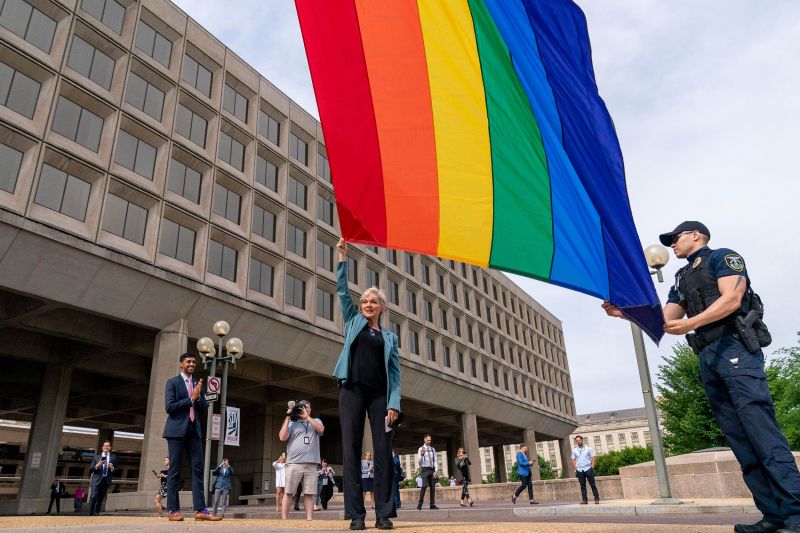The History and Significance of the Rainbow Flag
The rainbow flag, a symbol of the LGBTQ community, has been proudly displayed during Pride Month celebrations, capturing the spirit of joy and inclusivity. However, its journey to ubiquity has not always been straightforward.
Origins of the Rainbow Flag
Designed in 1978 by Gilbert Baker, a gay artist and activist, the flag was commissioned by Harvey Milk, the first openly gay elected official in California. Originally, the flag featured eight colors, each representing a distinct meaning—red for life, orange for healing, yellow for sunlight, green for nature, turquoise for magic, blue for harmony, and purple for spirit.
The First Pride Flag
The first rainbow flag was flown in San Francisco during Gay Pride Day on June 25, 1978. Measuring 30 by 60 feet, it was handmade and symbolized a powerful expression of joy, beauty, and strength. Baker stated, “We needed something to express our joy, our beauty, our power. And the rainbow did that.”
Evolution of the Flag
In 2018, the Progress Pride flag was introduced by Daniel Quasar, a non-binary artist and designer. This redesign honors the original rainbow flag while emphasizing the diversity within the LGBTQ community and advocating for an inclusive society.
Despite the tragic passing of Gilbert Baker in 2017 at the age of 65, his legacy continues to resonate through these images and symbols of pride.

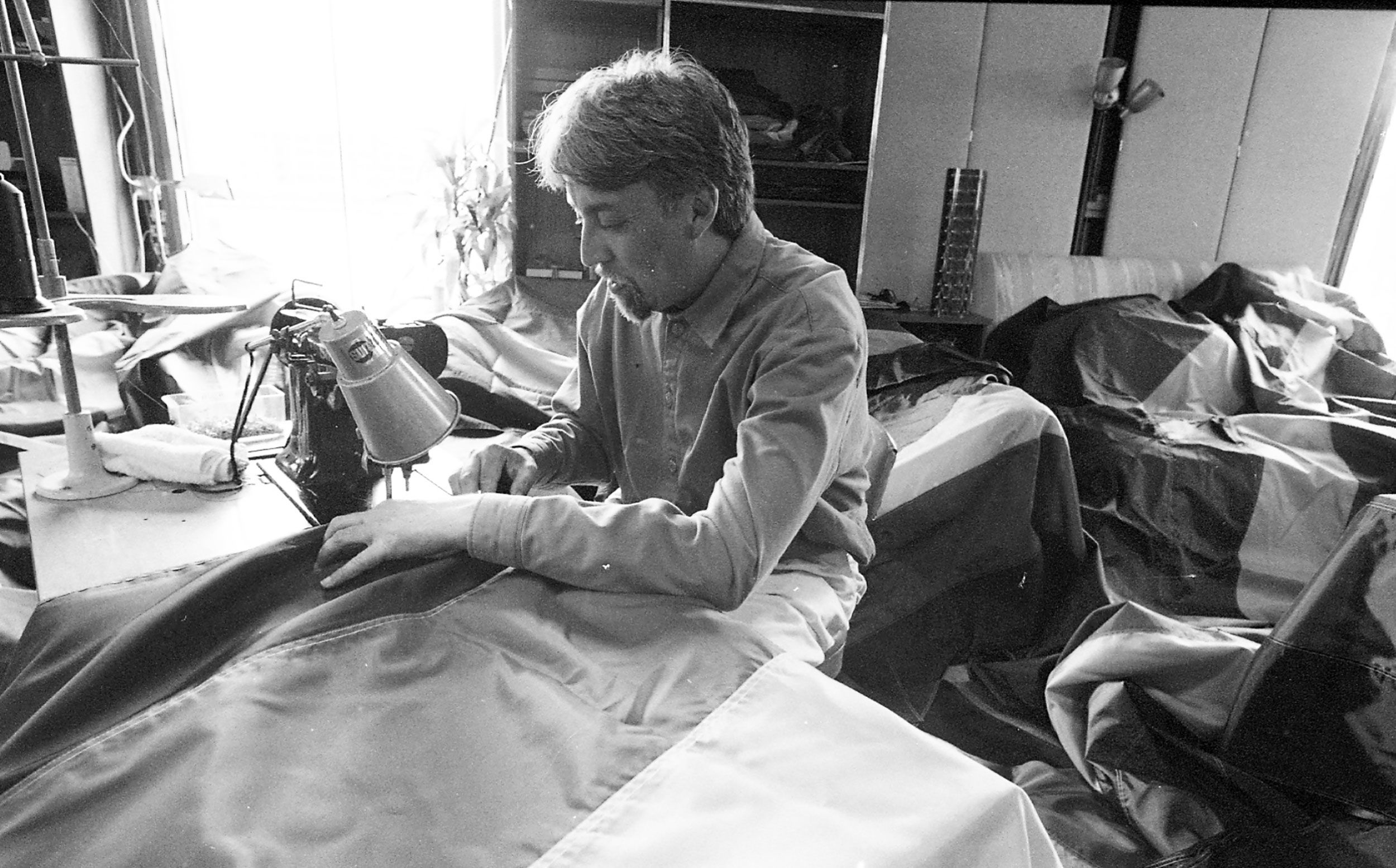

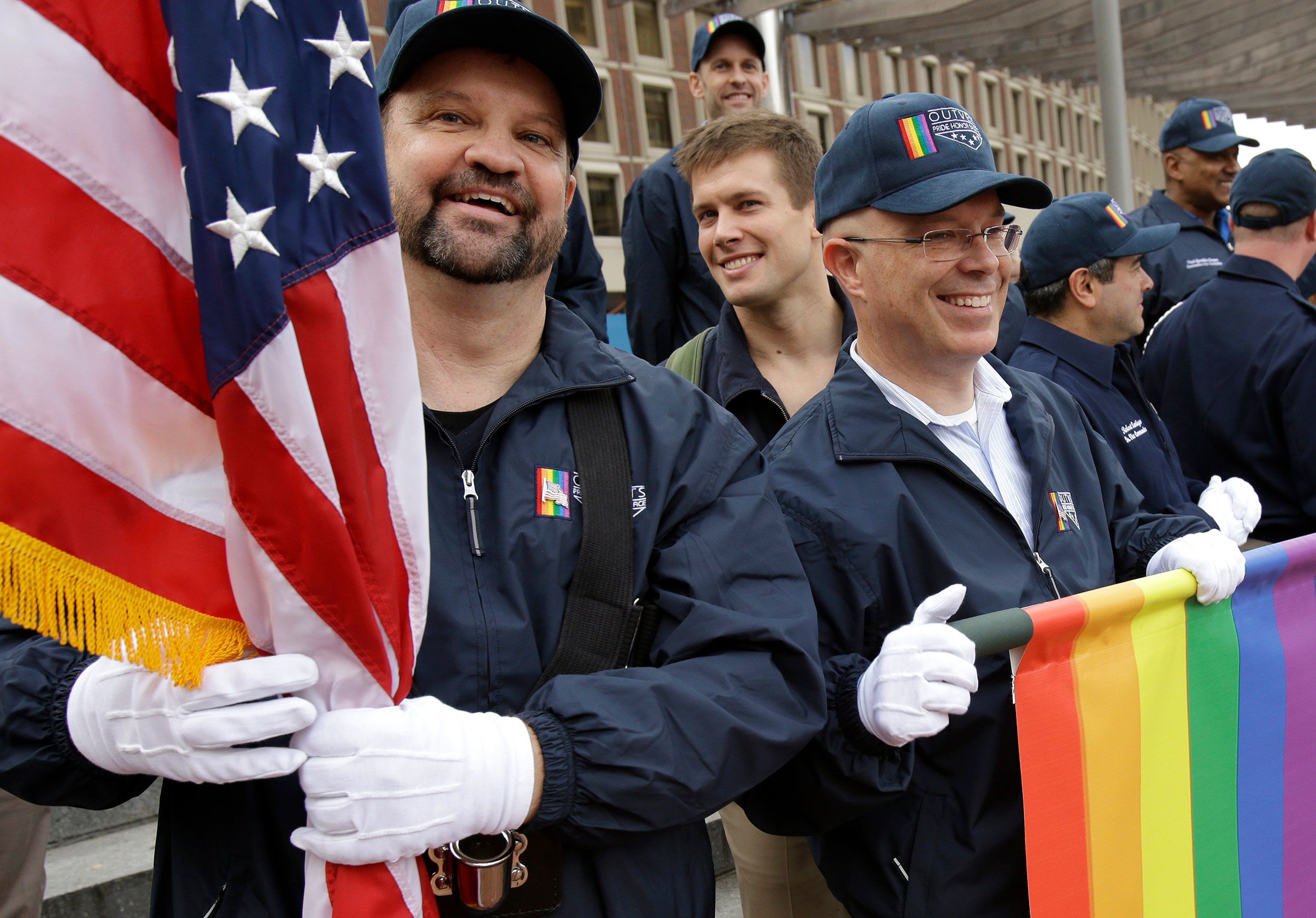
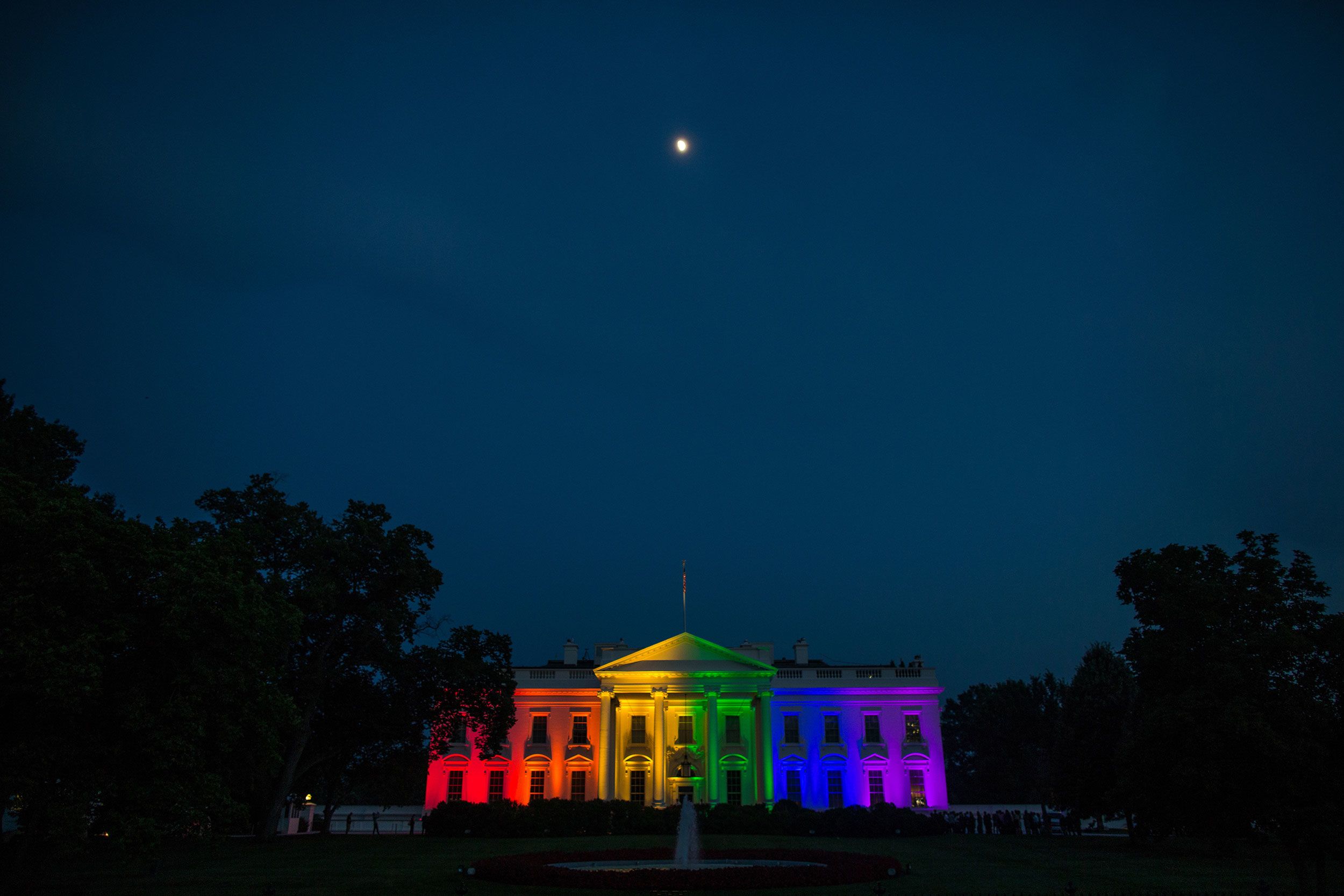
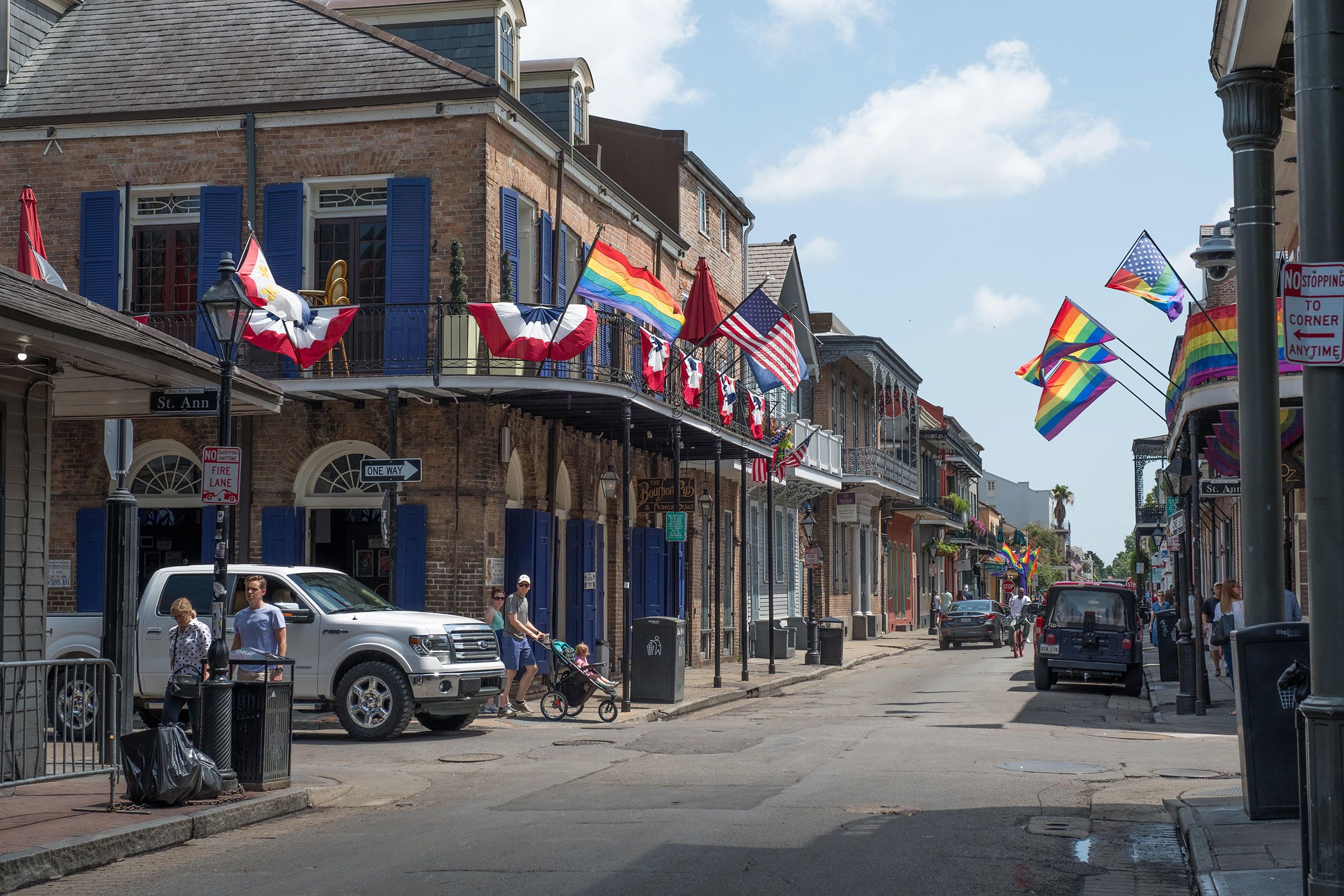
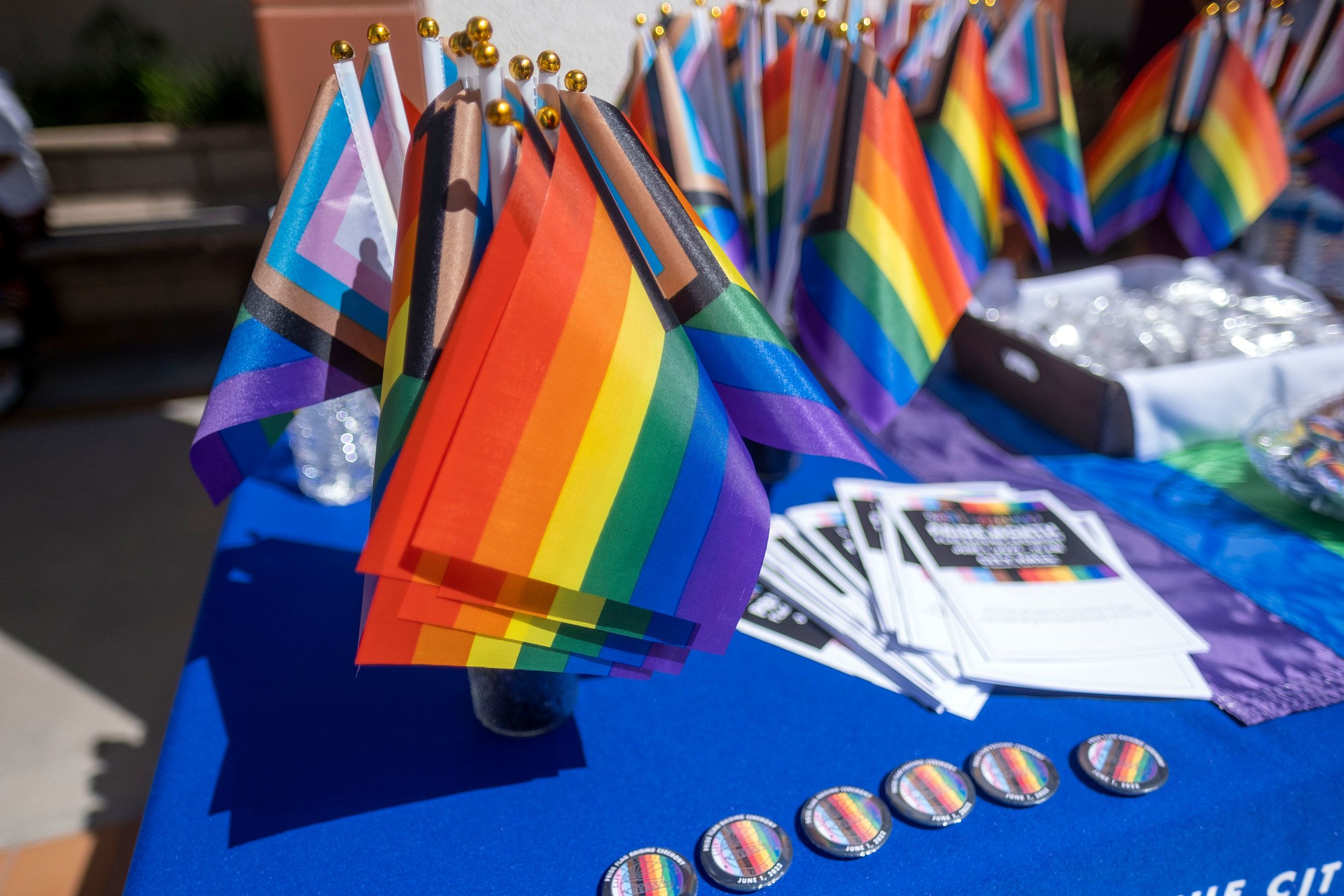
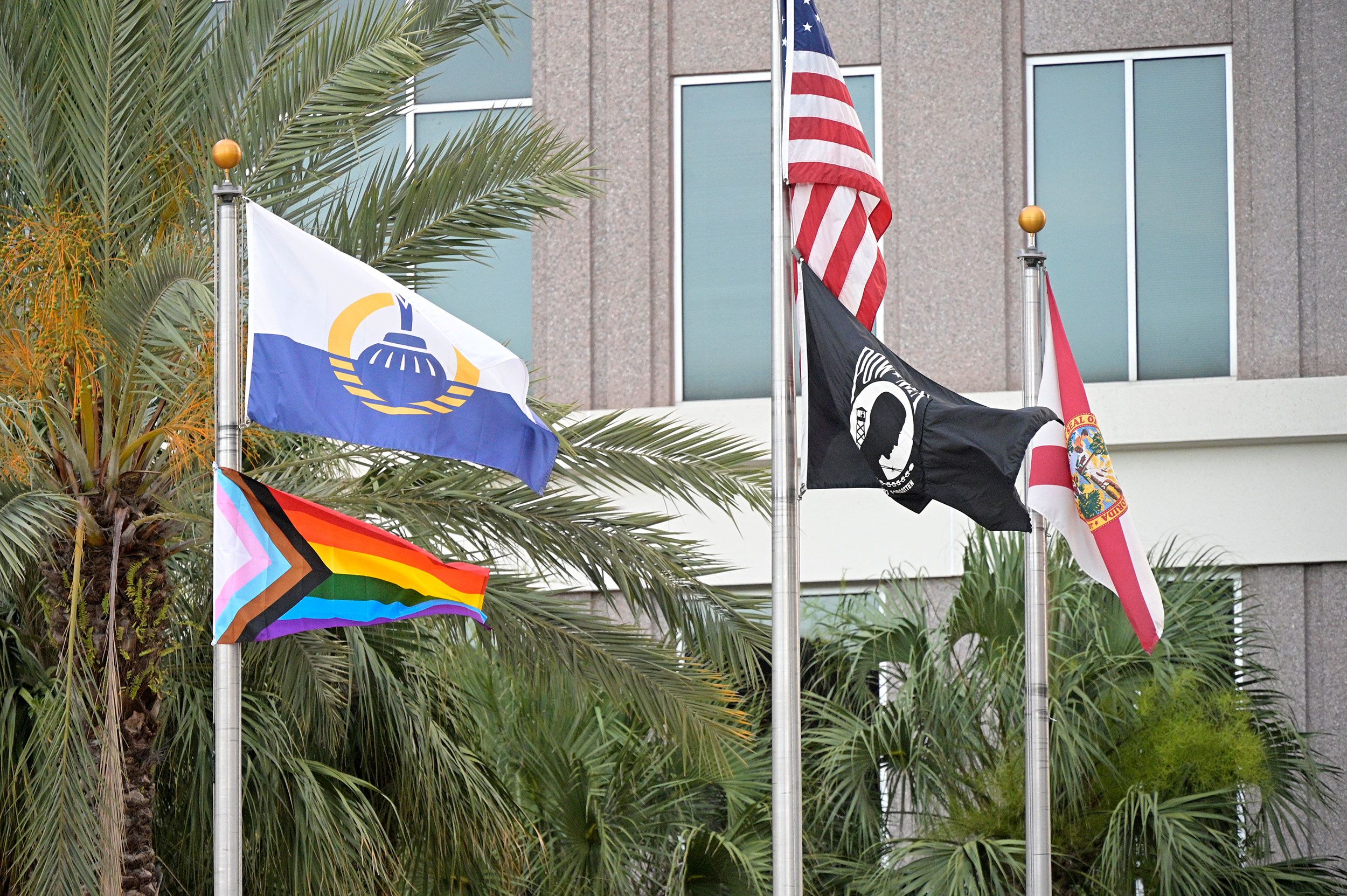
Today, the rainbow flag continues to be a potent symbol of equality and pride, representing the diverse spectrum of identities and experiences within the LGBTQ community. As society evolves, so does the meaning and significance of this powerful emblem.
